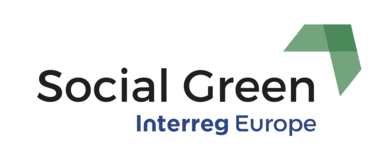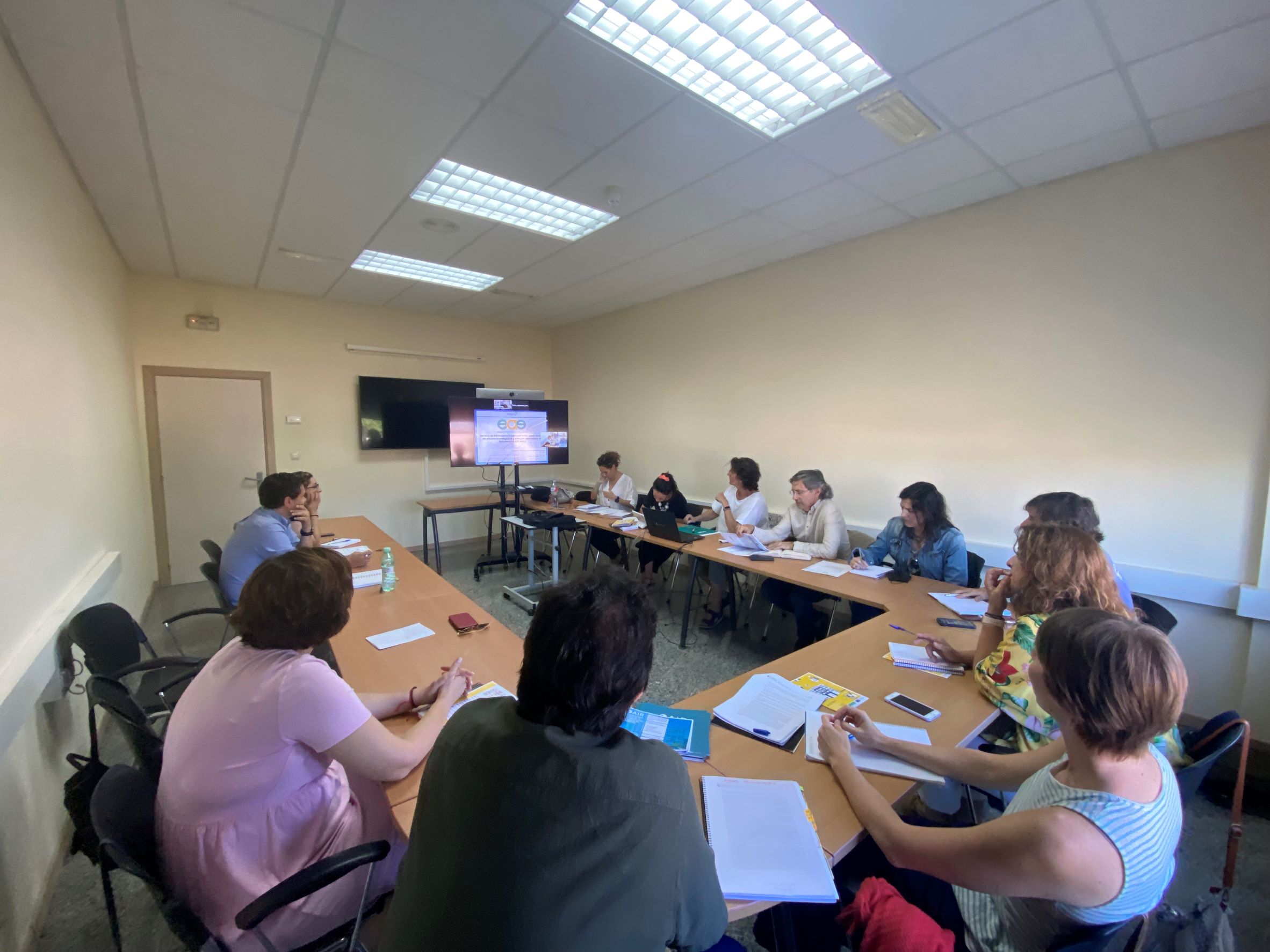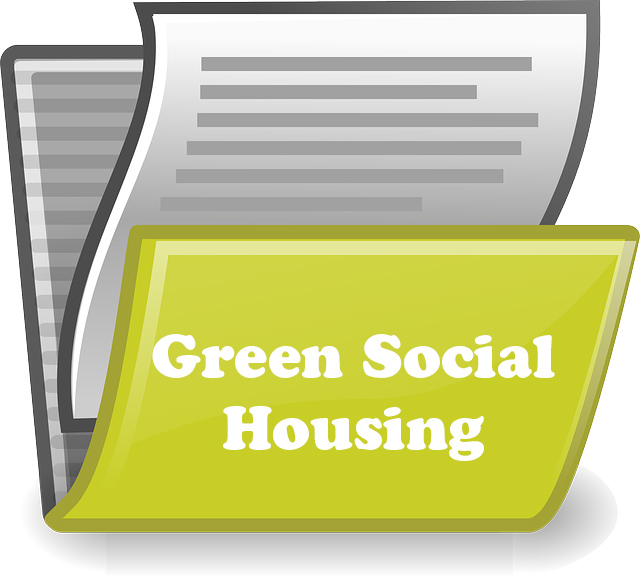In which state is the social housing in the regions where Social Green is being developed?
According to the new results of the integrated self-assessment of Social Green, there is great potential for better coordination of policies and financing to improve energy efficiency and social housing in Europe. This especially includes ways in which European funds can be integrated with other funding sources in order to promote the adaptation of social housing.
Many regions of Europe have percentages of social housing or public housing that fall below 5%. To achieve the EU's emission reduction targets, new policies and financial mechanisms are needed to combine EU funds with state funds and private loans to offer attractive incentives to all types of owners, including municipalities and private owners. While there are good examples of policy schemes (for example, the Kredex scheme in Estonia), they require proactive efforts to get started.
This implies especially the establishment of alliances with national credit institutions and the establishment of the information base to promote the beginning of the process. Here, national green building councils or regional energy agencies can be extremely valuable, both to develop financial schemes and to communicate opportunities to potential investors.
The integrated self-assessment report documents the results of the individual self-evaluations carried out by each municipal partner; which was the first step of their local action plans to improve the energy performance of their social housing.
These action plans are being developed during 2018, and implementation will take place between 2019-2021. Each partner will implement a range of solutions, including innovative modernization of existing buildings, and the development of new financial mechanisms to promote ecological adaptation among its citizens.






